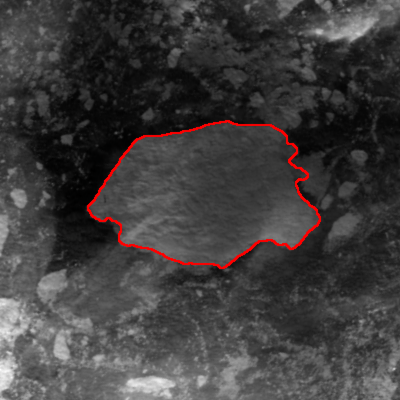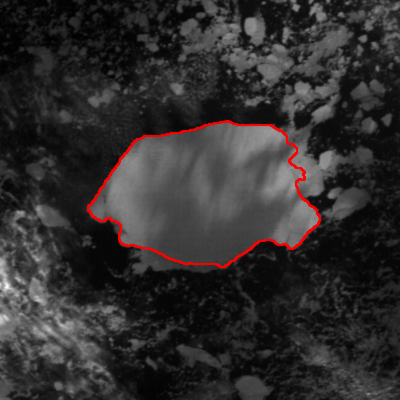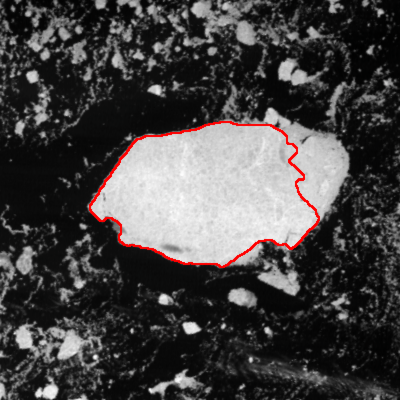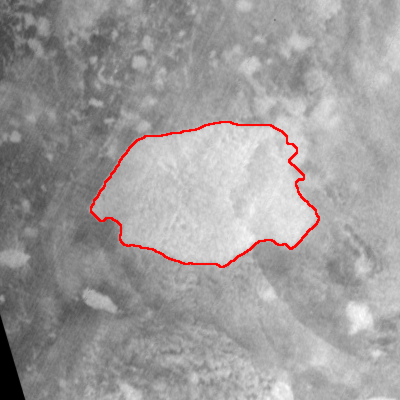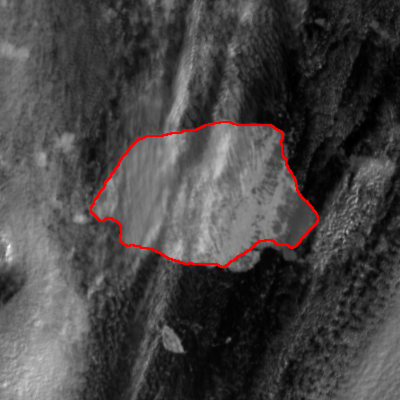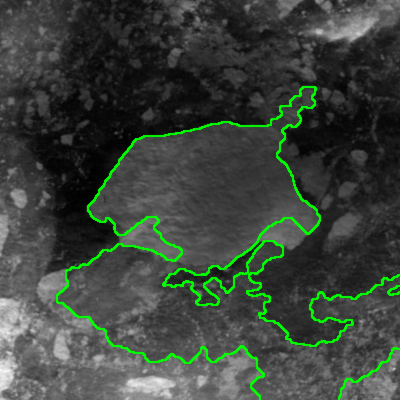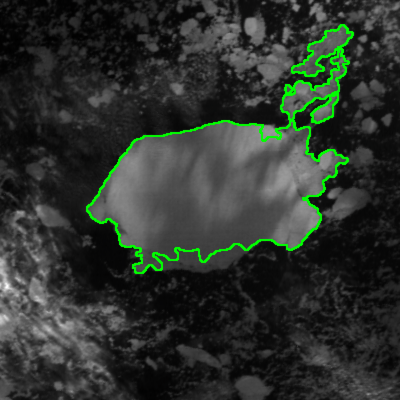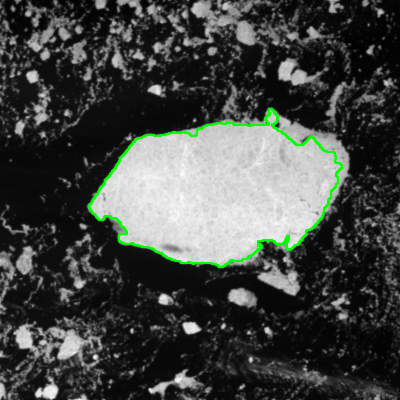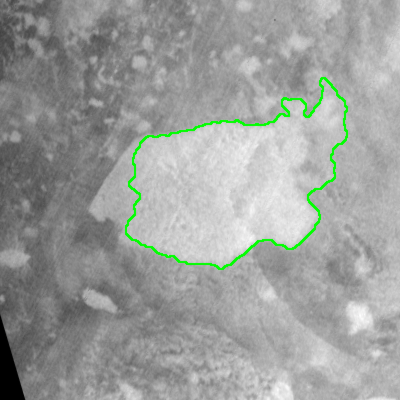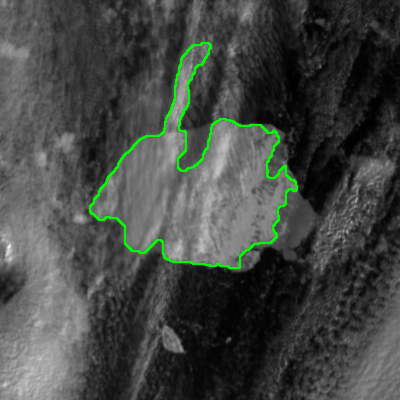Section: New Results
Enforcement of Monotonous Shape Growth/Shrinkage in Video Segmentation
Participant : Guillaume Charpiat.
keywords: graph cuts, video segmentation, shape growth
The segmentation of noisy videos or time series is a difficult problem, not to say an impossible or ill-posed task when the noise level is very high. While individual frames can be analysed independently, time coherence in image sequences provides a lot of information not available for a single image. Most of the state-of-art works explored short-term temporal continuity for object segmentation in image sequences, i.e., each next frame is segmented by using information from one or several images at previous time points. It is, however, more advantageous to simultaneously segment many frames in the data set, so that segmentation of the entire image set supports each of the individual segmentations.
In this work, we focus on segmenting shapes in image sequences which only grow or shrink in time, and on making use of this knowledge as a constraint to help the segmentation process. Examples of growing shapes are forest fires in satellite images and organ development in medical imaging. We propose a segmentation framework based on graph cuts for the joint segmentation of a multi-dimensional image set. By minimizing an energy computed on the resulting spatio-temporal graph of the image sequence, the proposed method yields a globally optimal solution, and runs in practice in linear complexity in the total number of pixels.
Two applications are performed. First, with Yuliya Tarabalka (Ayin team), we segment multiyear sea ice floes in a set of satellite images acquired through different satellite sensors, after rigid alignment (see Figure 15 ). The method returns accurate melting profiles of sea ice, which is important for building climate models. The second application, with Bjoern Menze (ETH Zurich, also MIT and collaborator of Asclepios team), deals with the segmentation of brain tumors from longitudinal sets of multimodal MRI volumes. In this task we impose an additional inter-modal inclusion constraint for joint segmentation of different image sequences, finally also returning highly sensitive time-volume plots of tumor growth.
|



